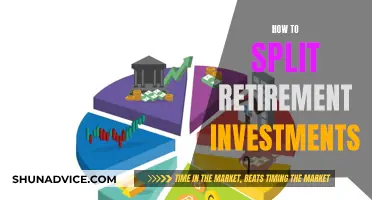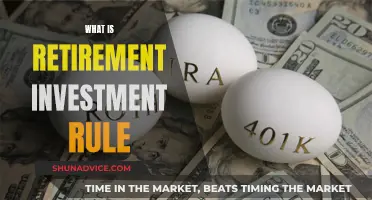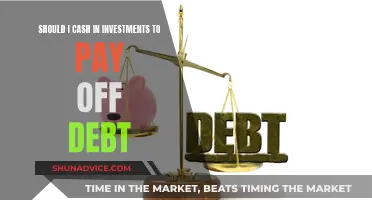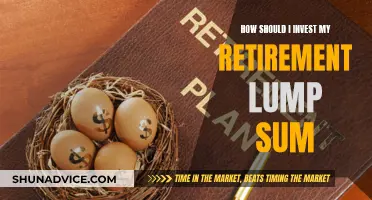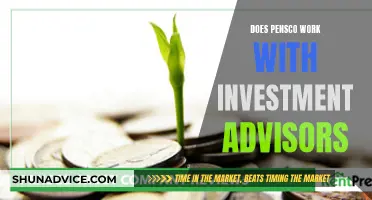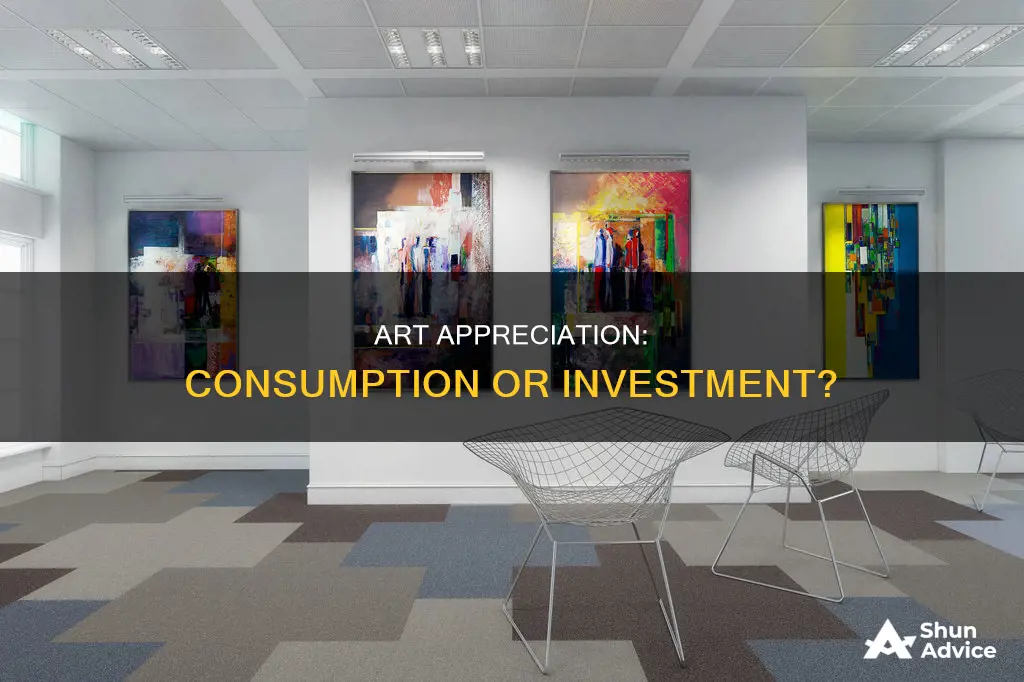
Art can be a complex and risky investment. While it can be a stable, long-term asset that holds its value over time, it is not a liquid asset, and there are many additional costs to consider. Art is also subject to volatile market fluctuations, and its value can be influenced by various factors such as the reputation of the artist, the rarity of the piece, and market trends. Furthermore, the art market is highly manipulated by collectors, galleries, and auction houses, which can impact the perceived value of a work.
On the other hand, art has an emotional and psychological appeal that goes beyond its financial value. It evokes emotions, inspires creativity, and sparks contemplation. Individuals often feel a deep connection to certain pieces of art, making it a powerful form of self-expression and a way to communicate their identity, values, and beliefs. Art can also serve as a status symbol, signalling wealth, taste, and cultural capital to others.
Therefore, when considering whether to invest in art, it is essential to understand the complexities of the art market, conduct thorough research, and seek expert advice.
| Characteristics | Values |
|---|---|
| Long-term investment | The art market can be stable or show large returns on investment during boom times, but it can easily plummet in value during seasons of recession. |
| Diversification of assets | Having a variety of assets in your portfolio helps to minimise risk while adding interest. |
| Non-liquid asset | Art is not something that can be quickly exchanged for cash. |
| Emotional connection | Art has the power to evoke feelings of joy, nostalgia, sadness, or tranquility. |
| Status symbol | Displaying prestigious art pieces in one's home or office can serve as a status symbol and a means of gaining admiration from others. |
| Investment and financial gain | The art market can offer substantial returns, making art a desirable asset class for investors. |
| Personal expression and identity | Art is a powerful form of self-expression, and buying art can be a way for individuals to communicate their identity, values, and beliefs. |
| Aesthetic appreciation | Many individuals buy art simply because they find it visually appealing and captivating. |
| Risk | Art can be a risky investment as artists and their work go in and out of style, affecting the resale value and return on investment. |
What You'll Learn

Art as a long-term investment
Art can be a good long-term investment, and its value tends to increase steadily over the years. Unlike stocks, the value of art is independent of market fluctuations and tends to remain stable even during economic downturns, as seen during the 2020 pandemic. This makes art a reliable asset class for long-term investment. However, it is important to note that art is a non-liquid asset, meaning it cannot be quickly converted into cash. Selling art often involves working with an auction house or art consultant to find an appropriate buyer, which can take time.
When investing in art, it is crucial to have a long-term perspective. Art is not a get-rich-quick scheme, and its value may not increase significantly in the short term. However, over time, the value of investment-grade art tends to increase steadily. This makes art a good option for those looking to diversify their investment portfolio and build wealth over the long term. Additionally, art can be passed down through generations as part of an estate, further enhancing its value.
Another advantage of investing in art is the potential for substantial returns. While there are risks involved, including the possibility of forgery, theft, or damage, the art market can offer high returns on investment. For example, a Mark Rothko canvas sold for a record $87 million at auction in 2012, and a collection featuring American abstract expressionists sold for $500 million in one of the highest-priced private art deals ever. These examples demonstrate the potential for significant financial gains in the art market.
When investing in art, it is essential to conduct thorough research and due diligence. Understanding the history of the artist, the specific piece, and the overall art market can help investors make more informed decisions. Additionally, working with a reputable art advisor or consultant can be beneficial in navigating the complex world of art investing. It is also crucial to consider the costs associated with buying, maintaining, and selling art, including insurance, appraisal fees, and capital gains taxes.
In conclusion, art can be a valuable long-term investment, offering stable returns and potential for substantial gains. However, it is important to approach art investing with a long-term perspective, conduct thorough research, and be aware of the associated costs. By doing so, investors can make informed decisions and build a diverse and robust investment portfolio that includes art.
Market Volatility: Navigating the Investment Storm
You may want to see also

Art as a signal of wealth
Art has long been intertwined with expressions of wealth and social status, serving as a medium through which individuals showcase their affluence and cultural capital. This phenomenon, known as "art flexing", has captivated the attention of art collectors and enthusiasts alike. While art holds a place in our culture as a medium for creative expression, fine art is also a luxury good. Artworks can be highly valuable, and their acquisition requires significant financial resources and cultural capital.
The ownership of prestigious artworks has become a tangible representation of one's wealth and cultural capital. The exclusivity of rare and sought-after pieces from renowned artists makes them accessible only to those with substantial financial means. The acquisition of modern art, with its innovative forms and challenges to traditional artistic boundaries, signals a level of sophistication and cultural prowess, allowing collectors to position themselves as tastemakers within elite circles.
Art collectors often display their collections in private homes or public exhibitions, making their wealth and status visible to a wide audience. The rise of social media has further amplified this dynamic, providing collectors with a digital platform to showcase their prized possessions to a global audience. From billionaires showcasing their blue-chip art acquisitions on Instagram to leveraging their collections as collateral for substantial financial transactions, the display of affluence within the art world is undeniable.
Art is also increasingly viewed as a lucrative investment, with collectors considering the potential financial benefits alongside its aesthetic and cultural value. High-net-worth individuals view art as a compelling alternative investment, diversifying their portfolios and offering both financial and aesthetic rewards. The potential for long-term appreciation, with certain artworks experiencing substantial value growth over time, adds to its appeal as an investment vehicle.
However, it is important to acknowledge the ethical concerns surrounding the notion of art flexing. The flaunting of wealth through million-dollar art collections reinforces existing power dynamics and excludes less affluent individuals from accessing art and cultural experiences. The concentration of art ownership among a select few perpetuates social inequalities and limits access to artistic experiences and opportunities for emerging artists.
In conclusion, art serves as a powerful signal of wealth and cultural capital, with collectors leveraging their acquisitions to showcase their affluence and distinguish themselves within elite circles. While art flexing has gained prominence, it is essential to strike a balance by appreciating and sharing art without resorting to ostentatious displays of wealth.
Masternode Investment: Picking the Right Project
You may want to see also

Art's ability to evoke emotions
Art has the power to evoke a wide spectrum of emotions, from joy and awe to sadness and introspection. This emotional connection is not a coincidence but is rooted in the way our brains interpret visual stimuli.
Awe and Wonder
Large-scale, majestic artworks can induce feelings of awe and wonder, making viewers feel small in the presence of something grand and profound. This is also true of religious art, which often directs our gaze upwards to create a sense of awe.
Empathy
Art that depicts human suffering or emotional experiences can evoke empathy, helping viewers to better understand the emotions of others.
Happiness and Joy
Bright colours, uplifting compositions, and scenes of celebration can trigger feelings of happiness and joy. Bright, open landscapes can evoke a feeling of beauty, relaxation, or happiness.
Melancholy and Reflection
Artistic representations of solitude, nostalgia, or quiet moments can lead to introspection and feelings of melancholy.
Shock and Controversy
Some artworks deliberately aim to shock and provoke, stirring up controversy and intense emotional reactions.
Other Emotional Responses
Art can also elicit a range of other emotions, including:
- Interest
- Confusion
- Surprise
- Anger
- Disgust
- Contempt
- Pride
- Guilt
- Shame
- Regret
- Embarrassment
The Psychology of Artistic Creation
Understanding the psychology behind the creation of art sheds light on why artists choose certain themes, styles, and techniques.
Emotional Expression
Many artists use their work as a means of emotional expression, channelling their feelings and experiences into their art.
Catharsis
Creating art can be a form of catharsis, allowing artists to release pent-up emotions and find relief from inner turmoil.
Subconscious Influence
Artists often draw inspiration from their subconscious minds, exploring dreams, fears, and memories in their work.
Artistic Identity
Artists develop unique artistic identities that reflect their personality, beliefs, and experiences, shaping the themes and styles they choose.
Audience Engagement
Artists may consider how their work will impact and engage viewers, aiming to create a specific emotional response or provoke thought.
Art as Emotional Regulation
Art is also used as an emotional regulator, most often in art therapy sessions. Creating art can serve as a method of short-term mood regulation, either through venting or distraction.
The Power of Art
Art has the remarkable ability to touch our emotions, provoke deep thoughts, and resonate with our inner selves. It can serve as a mirror to our own emotions and thoughts, offering a reflection of our inner world.
Wealth's Longevity: Unlocking the Power of Patient Capital
You may want to see also

Art as a form of self-expression
Artistic self-expression can take on many forms, including visual arts such as painting, sculpting, and photography; tactile arts like pottery and textiles; performance arts such as dancing, singing, and acting; and language arts such as poetry, storytelling, and fiction. Each person's approach to self-expression through art is unique and deeply personal.
For some, art is a safe space where they can be vulnerable and transparent without fear of judgment. It provides an outlet for emotions that may be challenging to verbalize, serving as a form of therapy or healing. Art can also be a means of escape, allowing individuals to immerse themselves in their imagination and find solace during difficult times.
The process of creating art can be therapeutic in itself. The act of painting, for instance, involves constantly altering, assessing, and adding to the artwork, mirroring the complexities of our emotions. Similarly, sketching can be a way to externalize and make sense of our thoughts, helping us to calm down and focus.
Art also enables us to express emotions that are challenging to put into words. Whether it's sadness, anger, joy, or fear, art provides a visual language to convey these feelings. The use of lines, shapes, forms, and space in art can all contribute to the expression of specific emotions.
Additionally, art allows for self-exploration and the development of one's potential. By creating art, we encourage and inspire self-expression, leading to a more fulfilling and authentic life. It helps us to embrace our individuality and assert our emotions, feelings, and personality.
In conclusion, art as a form of self-expression offers a universal language that transcends words. It provides a means to communicate our thoughts, feelings, and identity to the world, fostering deeper connections and understanding. Through art, we find a safe space to be vulnerable, explore our emotions, and connect with ourselves and others on a deeper level.
Teaching Retirement: Navigating the Investment Maze
You may want to see also

Art's appreciation over time
Art appreciation has evolved over the years, with a growing number of people recognising its value as an investment vehicle. While art has always been appreciated for its aesthetic and emotional appeal, its potential as a long-term investment is becoming increasingly apparent.
The art market continues to boom, with auction records being broken and global sales increasing. Art sales topped $65.1 billion in 2021, a 29% increase from 2020, indicating a vibrant and profitable industry. The stability of the art market during the 2020 pandemic, when other markets fluctuated significantly, highlighted its potential as a reliable investment. The value of investment-grade art tends to be independent of external events, steadily increasing over time. This makes art an attractive diversification option for investors looking to minimise risk.
However, investing in art is not without its challenges and risks. Art is a non-liquid asset, and liquidating an art asset can be a time-consuming process. The art market is also highly manipulated by collectors, galleries, and auction houses, which can affect the perceived value of a piece. Additionally, there are various costs associated with buying, maintaining, and selling art, such as insurance, travel, and appraisal fees.
Despite these challenges, art remains a desirable investment option for many. It offers the opportunity to combine passion and financial gain, as individuals can invest in pieces they genuinely connect with while also diversifying their portfolios. The emotional connection and personal expression associated with art are unique aspects that set it apart from other investment options.
Furthermore, the social and cultural influences driving art purchases cannot be overlooked. Art is often seen as a status symbol, reflecting the owner's social standing, taste, and cultural capital. Displaying prestigious art pieces can serve as a means of gaining social validation and admiration. This aspect of art appreciation has been a consistent driver of art purchases over time.
In conclusion, art appreciation has evolved to encompass not only the aesthetic and emotional value of art but also its potential as a long-term investment. The stability of the art market and the increasing demand for diverse artists and styles contribute to its appeal as an investment vehicle. However, understanding the complexities of the art market and seeking expert advice are crucial for those considering investing in art.
Protecting Retirement Investments: Strategies for Navigating Economic Downturns
You may want to see also
Frequently asked questions
Buying art can be a good investment if you do it correctly. Art holds its value over time and is a long-term, reliable investment. It is not a liquid asset, so it cannot be quickly exchanged for cash. Art is also a good way to diversify your portfolio.
Art is valuable because it holds its value over time. Unlike stocks, art does not fluctuate in value based on market changes. The value of art is independent of external events and tends to increase steadily over the years.
Art can be a risky investment. Artists and their work go in and out of style, which can affect the resale value. There are also additional costs associated with art acquisition, such as commissions and insurance. The biggest risk is the possibility of forgery, theft, or damage.
The first step is to clarify your goal. Are you investing in art to make a profit, or do you want to collect art for personal enjoyment? It's important to do your research and identify the type of art you want to invest in. You should also consider seeking advice from an art professional, such as a dealer, gallery owner, or private collector.
Buying art is often driven by deep-seated psychological factors beyond aesthetics. People may buy art due to an emotional connection, a desire for status and prestige, investment and financial gain, personal expression and identity, or aesthetic appreciation.


